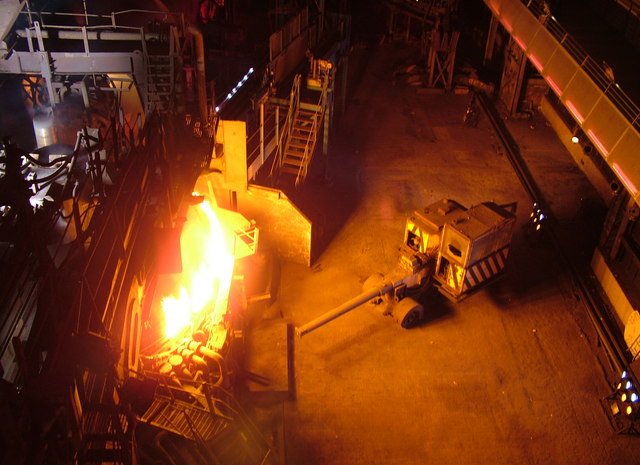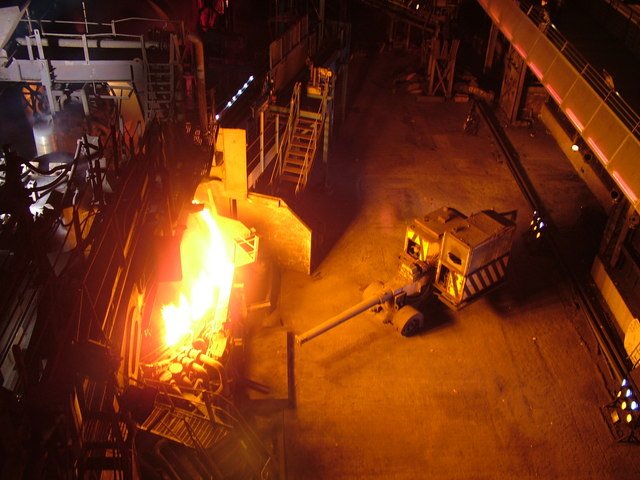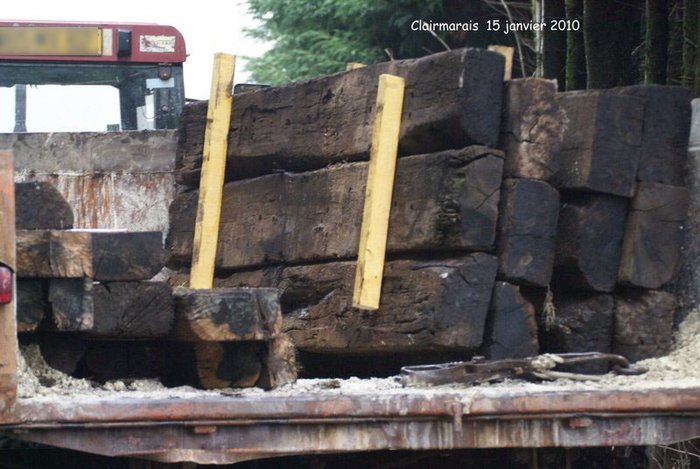
For much of modern human history, the primary use of coal was combustion in the home or in factories to produce heat. The majority of coal is still burned for electricity production, but usually in centralized power plants. Much of the remaining coal is used to manufacture coke for industrial processes. Coal can also be refined into liquid fuels such as gasoline, in a process called coal-to-liquids (CTL), though so far only one CTL plant exists in the world. Some coal wastes, including the coal combustion wastes from power plants, and the coal tar left from making coke have found industrial uses.

STEELMAKING
 — 
<a class="figure-caption__link" href="/photos/steelmaking/">Get Photo</a></figcaption></figure>Historically the production of metallurgical coke for was an important use of coal, but now only represents a few percent of US domestic coal consumption. Coke is nearly pure carbon that is produced after heating bituminous coal in the absence of oxygen. This process drives off water and other volatile compounds, making the resulting coke virtually smokeless. One ton of coal (2000 pounds) produces about 1400 pounds of coke. Coke has a higher heat value than coal itself, and can therefore be used to generate the extremely high temperatures (up to 4000°F) required for metal refining (particularly steelmaking). In addition to providing the heat, coke acts as a chemical reducing agent to produce pure iron from molten iron ore in a blast furnace.

CREOSOTE-SOAKED RAILROAD TIES
 — 
<a class="figure-caption__link" href="/photos/creosote-soaked-railroad-ties/">Get Photo</a></figcaption></figure>One of the waste products of coke manufacture is coal tar containing most of the volatiles from the original coal. This tar can be used directly in applications such as roofing tar or as a topical solution for psoriasis. Additionally, coal tar can be purified into a wide range of chemical precursors for products including acetaminophen (the active ingredient of Tylenol), creosote (a wood preservative), and a variety of hair dyes. While many of these applications have been recently supplanted by chemicals refined from oil, there is still a large market for coal tar, and even concerns about a coal tar shortage. Health concerns have been raised concerning human exposure to coal tar in products such as hair dyes since coal tar and many coal tar-derived compounds are known to be carcinogenic.
Created: Jan. 19, 2018